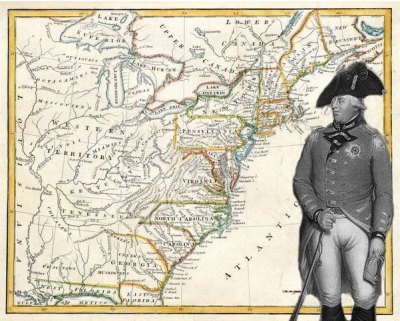Quick Study:
What was the Sugar Act?

It was fired across the ocean in London when King George III signed the Sugar Act 250 years ago this month, on April 5, 1764.
That act, which stepped up enforcement of a 1733 tax on sugar and molasses products, triggered the first of what would be a series of protests against taxes and other measures imposed on the Colonies.
The 1733 law had placed a tax on sugar and molasses imported from Caribbean islands controlled by France and the Netherlands, but the law was often evaded by smugglers.
The new law was part of an effort by Britain to pay debts from the costly French and Indian War, which concluded in 1763.
With the 1764 act, the tax itself was reduced but customs officials got new powers to stop the smuggling, which was expected to increase tax collections on sugar imports even at the lower tax rate. The legislation also added import taxes on products such as wine, silk, indigo dye, calico and cambric cloth, and pimento pepper.
Outraged Colonists, particularly Bostonians Sam Adams and James Otis, complained that the import duties amounted to taxation without representation and infringed upon their liberties. The complaints grew louder in 1765 when the Stamp Act forced the Colonists to have government revenue stamps on a variety of documents and other types of paper.
Britain responded the next year by repealing the Stamp Act and replacing the Sugar Act with the Revenue Act of 1766, which further reduced the tax but extended it to sugar products from British possessions as well as sugar from the French and Dutch islands.
Relations with the Colonies grew worse rather than better when Britain later imposed taxes on other imports -- including tea.
The brouhaha that began with sugar ended with tea. Britain’s tough response to the Boston Tea Party eventually led the mother country and her Colonies to bloodshed at Lexington and Concord.
That brings us to April 19, 1775 – 239 years ago. But the road to independence truly started 250 years ago with an English king and a tax on sugar.
Related:

